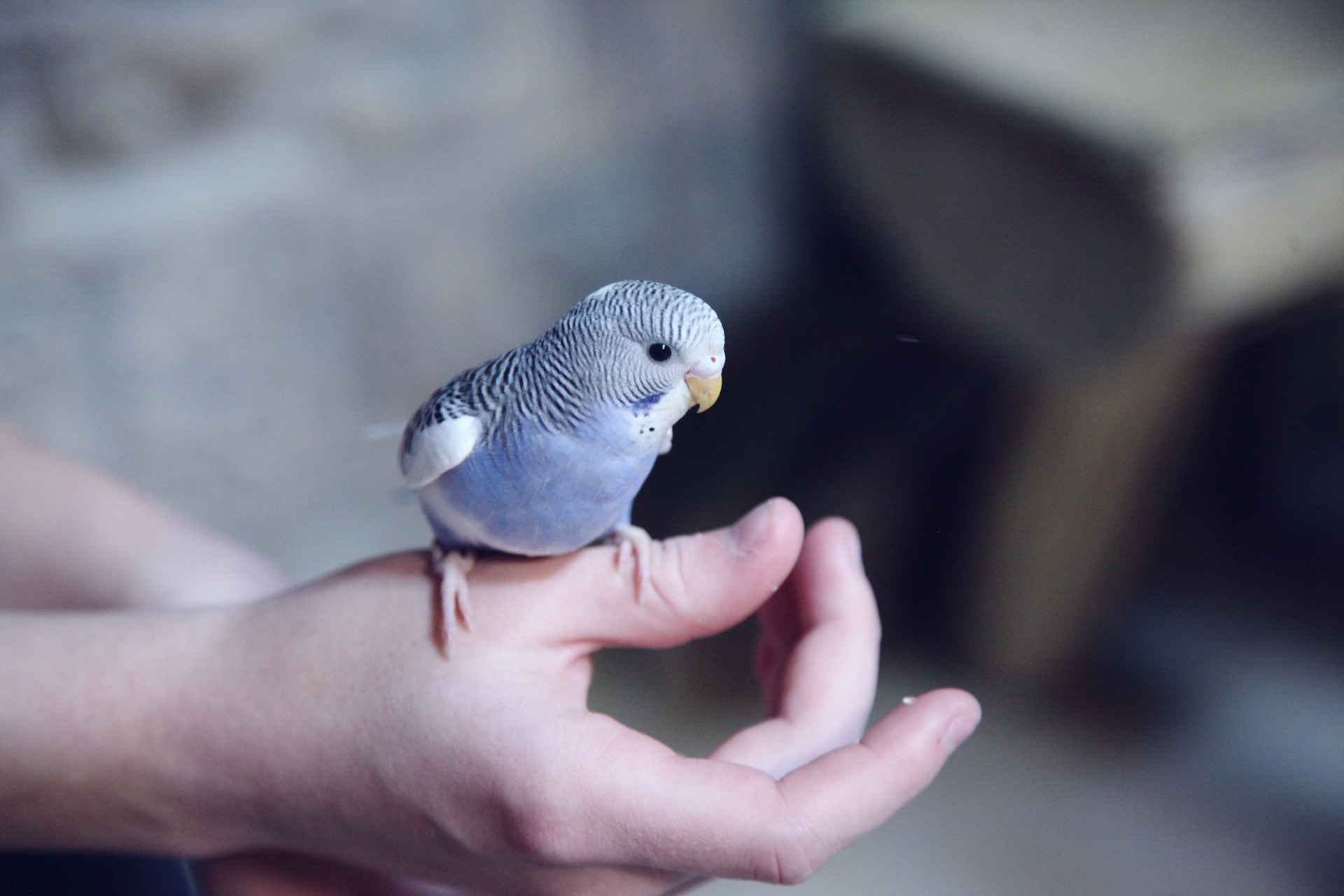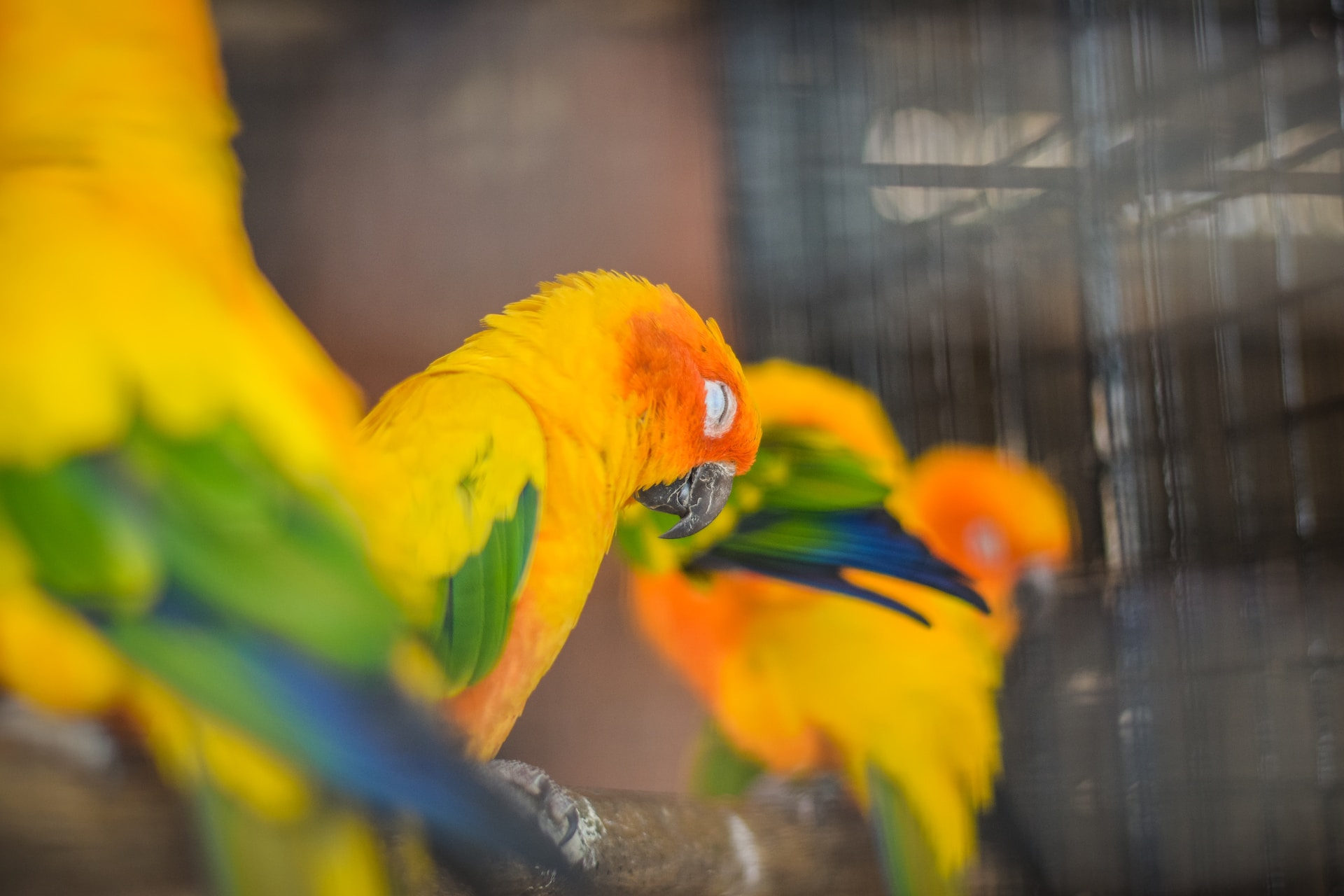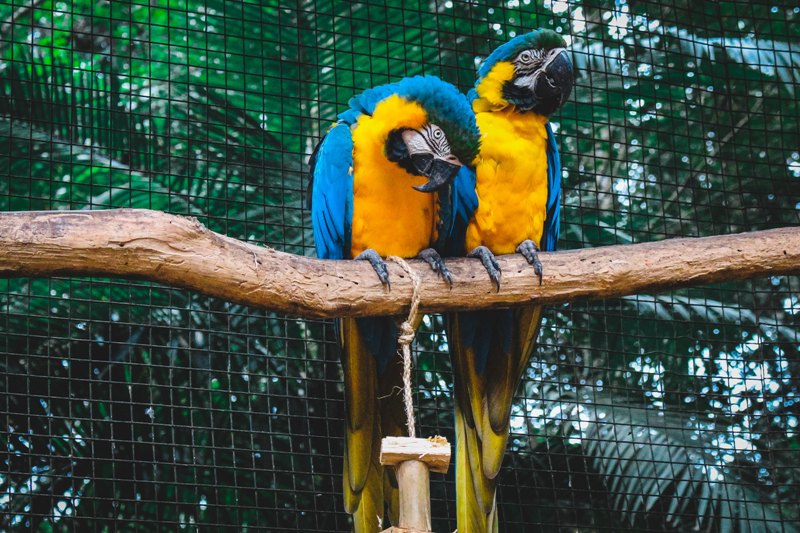Are parrots good pets?

Before getting a parrot, it’s essential to gather as much information as possible, talk to experienced parrot owners or avian specialists, and consider whether you can meet the long-term commitment and responsibilities that come with caring for these intelligent and social birds.
Parrots and their behavior
Parrots are known for their unique behaviors, which are a result of their high intelligence, social nature, and natural instincts. Understanding some common parrot behaviors can help you better care for and interact with these fascinating birds. Here are a few key aspects of parrot behavior:

- Vocalizations: Parrots are highly vocal creatures and use a wide range of sounds to communicate. They can mimic human speech, imitate various sounds, and develop their own repertoire of vocalizations. Vocalizations serve purposes such as social interaction, expressing emotions, seeking attention, or warning of danger. Some parrots may be more vocal than others, and it’s important to understand that this is a natural behavior for them.
- Playfulness and Curiosity: Parrots are naturally curious and love to explore their surroundings. They are known for their playful nature and enjoy toys, puzzles, and interactive activities. Providing a variety of toys and regular playtime is crucial for their mental stimulation and overall well-being.
- Bonding and Social Interaction: Parrots are highly social animals and often form strong bonds with their human caregivers or fellow parrots. They thrive on social interaction and need regular attention and companionship. Building trust and a positive relationship through gentle handling, spending quality time together, and providing social opportunities is essential for their emotional well-being.
- Chewing and Destruction: Parrots have powerful beaks, and they use them for various activities, including eating, exploring, and manipulating objects. Chewing is a natural behavior for parrots, and they require appropriate toys and materials to satisfy their need to chew. Providing safe and suitable outlets for this behavior can help prevent destructive chewing on furniture or other household items.
- Feather Maintenance and Preening: Parrots spend a significant amount of time preening their feathers to keep them clean and in good condition. This behavior is not only important for their appearance but also serves as a way to bond and socialize. Mutual preening is a common behavior among bonded pairs or close companions.
- Body Language: Parrots use body language to communicate their emotions and intentions. For example, fluffing up their feathers can indicate relaxation or contentment, while pinning their eyes or rapidly wagging their tails can indicate excitement or agitation. It’s important to observe and understand your parrot’s body language to better interpret their needs and emotions.
- Training and Cognitive Abilities: Parrots are highly intelligent and trainable animals. They can learn various commands, tricks, and even complex tasks. Positive reinforcement techniques, such as rewarding desired behaviors with treats or praise, can be effective in training and shaping their behavior. Mental stimulation through training, puzzles, and games is important to prevent boredom and encourage their cognitive abilities.
Remember that individual parrots may display unique behaviors based on their species, personality, and past experiences. It’s important to provide a stimulating and enriched environment, along with proper care and attention, to promote positive behaviors and overall well-being in your parrot.
Can parrots be mean and aggressive and how to tame a parrot?

Taming a parrot requires patience, consistency, and a gentle approach. Here are some steps you can follow to help in the process of taming a parrot:
- Establish Trust: Building trust is the foundation of taming a parrot. Spend time near the parrot’s cage, talking softly and offering treats. Avoid sudden movements or loud noises that might startle the bird. Over time, the parrot will become more comfortable with your presence.
- Hand-Feeding: Gradually introduce hand-feeding as a way to create positive associations with your presence. Start by offering treats or small pieces of food through the cage bars. Once the parrot is comfortable taking treats from your hand, you can start offering them while keeping your hand just inside the cage.
- Gradual Approach: As the parrot becomes more comfortable with hand-feeding, you can start slowly and gently extending your hand further into the cage. Allow the parrot to approach your hand at its own pace. Avoid forcing the bird to step onto your hand or making sudden movements that might frighten it.
- Step-Up Training: Once the parrot is comfortable with your hand inside the cage, you can start teaching it the “step-up” command. Place your finger or a perch near the bird’s chest and say “step-up” in a calm and encouraging tone. With time and repetition, the parrot will learn to step onto your finger or the perch. Reward it with praise or a treat for each successful step-up.
- Handling and Socialization: Once the parrot is reliably stepping up onto your finger or perch, you can gradually start handling it outside the cage. Start with short sessions, allowing the parrot to perch on your hand or shoulder while you move around slowly. Avoid sudden movements or loud noises that might startle the bird. Gradually increase the duration of handling sessions as the parrot becomes more comfortable.
- Training and Bonding: Taming a parrot goes hand in hand with training and bonding. Positive reinforcement techniques, such as rewarding desired behaviors with treats, praise, or gentle scratches, can help build a stronger bond and encourage good behavior. Teach the parrot simple commands like “step-up,” “stay,” or “come,” and engage in interactive playtime sessions to further strengthen your bond.
Remember that each parrot is unique, and the time it takes to tame and build trust can vary. Some parrots may progress quickly, while others may require more time and patience. It’s important to respect the bird’s boundaries, proceed at its pace, and provide a calm and positive environment throughout the taming process.
